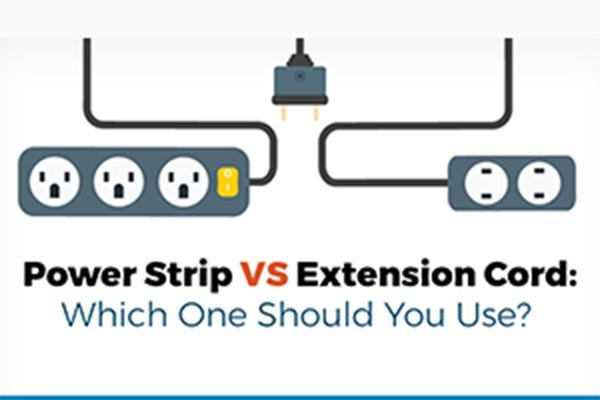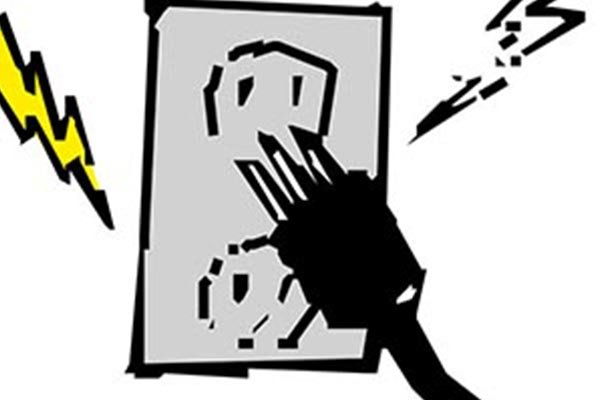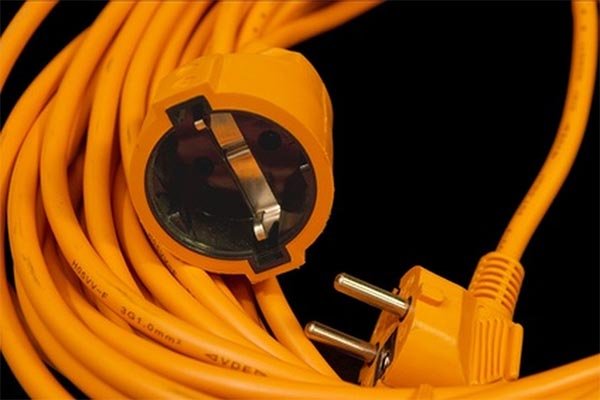Power Strip vs Extension Cord

When it comes to managing multiple devices, the debate between power strips and extension cords often arises. Each serves a unique purpose, but choosing the right one can impact safety and convenience in your setup.
Power strips1 are designed to provide multiple outlets while offering added features like surge protection. Extension cords, on the other hand, simply extend the reach of a single outlet. Understanding their differences helps you use them safely and efficiently.
Let’s dive into the key distinctions and best practices for both.
Are Power Strips Better Than Extension Cords?
Ever wondered if power strips are a better choice than extension cords for your needs?
Power strips are often better than extension cords2 when you need multiple outlets in one location, along with features like surge protection. Extension cords are ideal for extending reach but lack the added functionality of power strips.

Comparing Power Strips and Extension Cords
| Feature | Power Strip | Extension Cord |
|---|---|---|
| Number of Outlets | Multiple | Single |
| Surge Protection | Often included | Not typically included |
| Purpose | Multi-device use | Extending reach |
| Applications | Home, office, and electronics use | Temporary, single-device use |
Power strips are better for managing electronics in a single location, while extension cords are suited for temporary, portable power needs.
Can You Use a Power Strip as an Extension Cord?
It’s a common question: Can power strips double as extension cords?
Yes, a power strip can sometimes function as an extension cord, but it’s not designed for this purpose. Using it this way may lead to overloading and safety hazards. If you need extended reach, it’s better to use an actual extension cord.

Why Power Strips Aren’t Ideal as Extension Cords
Power strips are engineered to provide multiple outlets in one location. When used as an extension cord, the cord length and device load may exceed safe operating limits, especially if the strip lacks surge protection. For tasks requiring extra reach, a properly rated extension cord is a safer and more effective choice.
What Shouldn’t You Plug Into a Power Strip?
It’s tempting to plug everything into a power strip, but not all devices are suitable.
You should avoid plugging high-power appliances, such as refrigerators, space heaters, or microwave ovens, into a power strip. These devices draw significant current, which can overload the strip and pose a fire hazard.

Devices to Avoid Plugging Into Power Strips
- High-Power Appliances: Refrigerators, washing machines, or heaters can draw more power than a strip can handle.
- Medical Devices: Critical equipment like CPAP machines should be plugged directly into a wall outlet for reliability.
- Extension Cords: Never daisy-chain extension cords or power strips; this increases the risk of overloading.
Using power strips responsibly reduces the risk of fire or equipment failure, ensuring the safety of your home or workspace.
What Is the Difference Between a Power Strip and an Extension Cord?
Power strips and extension cords may seem interchangeable, but they serve distinct purposes.
A power strip provides multiple outlets and often includes features like surge protection. An extension cord extends the reach of a single outlet without adding extra outlets or surge protection.

Key Differences
| Feature | Power Strip | Extension Cord |
|---|---|---|
| Primary Function | Multi-outlet power distribution | Extending outlet reach |
| Added Features | Surge protection, switches | None |
| Typical Use | Electronics and appliances | Temporary or outdoor use |
Understanding these differences ensures you choose the right tool for the task, optimizing safety and efficiency.
Conclusion
The choice between a power strip and an extension cord depends on your needs. Power strips are ideal for managing multiple devices in one location, while extension cords excel at extending the reach of a single outlet. By understanding their uses and limitations, you can ensure a safe and efficient setup.






